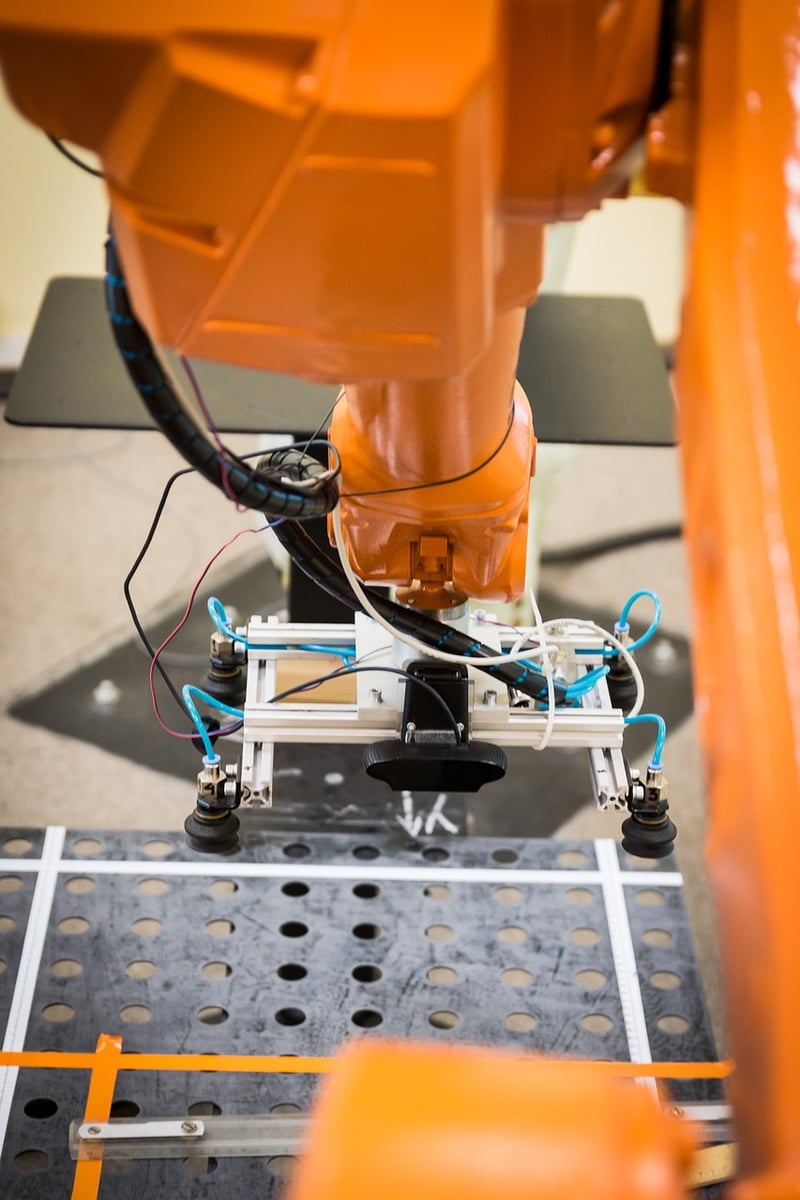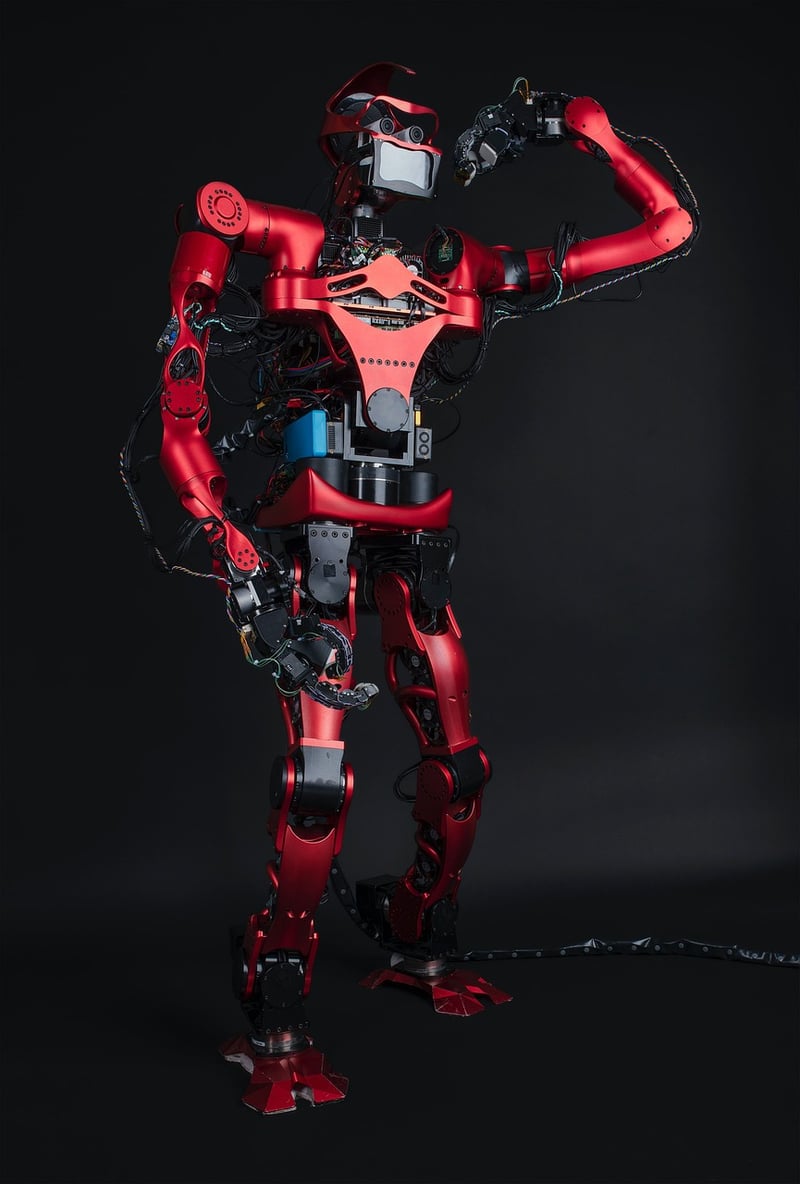Robotics Advancements
The Evolution of Robotics: Technological Advancements Shaping the Future
Robotics has come a long way from its early days as a niche field to becoming a mainstream technology that is revolutionizing industries across the globe. The advancements in robotics have been nothing short of remarkable, with cutting-edge technologies pushing the boundaries of what was once thought possible. Let's explore some of the key technological advancements that are shaping the future of robotics.
1. Artificial Intelligence and Machine Learning
One of the most significant advancements in robotics has been the integration of artificial intelligence (AI) and machine learning algorithms. These technologies empower robots to learn from their experiences, adapt to new situations, and make decisions autonomously. This has led to the development of intelligent robots capable of performing complex tasks with precision and efficiency.

2. Sensing and Perception
Robots are now equipped with advanced sensors and perception systems that enable them to interact with their environment in real-time. From cameras and LiDAR to radar and ultrasonic sensors, robots can perceive their surroundings with a level of detail and accuracy that was previously unimaginable. This has paved the way for robots to navigate complex environments, collaborate with humans, and perform delicate tasks with ease.

3. Collaborative Robotics
Collaborative robots, or cobots, are designed to work alongside humans in a shared workspace. These robots are equipped with advanced safety features, such as force sensing and collision avoidance, that allow them to collaborate with human workers safely and efficiently. Cobots are being increasingly adopted in manufacturing, healthcare, and other industries to enhance productivity and safety in the workplace.

4. Soft Robotics
Soft robotics is a rapidly growing field that focuses on developing robots made from flexible and deformable materials. These robots mimic the flexibility and dexterity of natural organisms, making them ideal for delicate tasks in unstructured environments. From soft grippers to flexible exoskeletons, soft robotics is opening up new possibilities for applications in healthcare, exploration, and beyond.

5. Autonomous Navigation
Autonomous navigation is at the core of many robotic applications, enabling robots to move independently in dynamic environments. With advancements in localization, mapping, and path planning algorithms, robots can navigate complex terrains, avoid obstacles, and reach their destinations efficiently. Autonomous navigation is essential for applications in logistics, agriculture, and space exploration.

In conclusion, the field of robotics is evolving at a rapid pace, driven by technological advancements that are reshaping the way we interact with robots. From artificial intelligence and sensing technologies to collaborative and soft robotics, the future of robotics is promising and full of possibilities. As these technologies continue to advance, we can expect robots to play an increasingly important role in various industries, ultimately enhancing efficiency, safety, and innovation.
